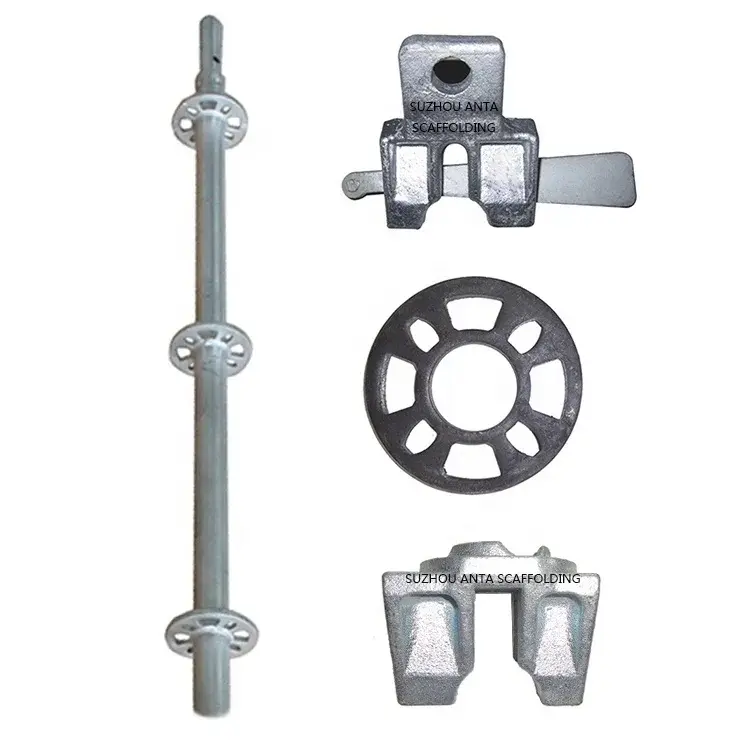Best Practices For Inspecting And Maintaining Cuplock Scaffolding
Scaffolding plays a crucial role in the construction industry, providing a temporary structure to support workers and materials during building or renovation projects. Cuplock scaffolding, in particular, is a popular choice due to its ease of assembly, versatility, and robust design. However, like any equipment on a construction site, regular inspections and maintenance are essential to ensure the safety of workers and the efficiency of the project.
Understanding Cuplock Scaffolding

Cuplock scaffolding is a type of modular scaffolding system that uses a unique node point connection to secure horizontal ledger to vertical standards. The standard components of cuplock scaffolding include vertical standards, ledgers, diagonal braces, steel or aluminum decks, and stairs. One of the key advantages of cuplock scaffolding is its ability to be quickly assembled and dismantled, making it a popular choice for projects with tight deadlines or limited space.
Inspecting Cuplock Scaffolding
Regular inspections of cuplock scaffolding are crucial to identify any potential issues that could compromise its safety and stability. Inspections should be conducted before each use, at regular intervals during use, and after any modifications or adverse weather conditions. During inspections, check for signs of damage, rust, missing components, proper connections, and stability. Any issues should be addressed immediately to prevent accidents or delays in the project.
Maintaining Cuplock Scaffolding
Proper maintenance of cuplock scaffolding can extend its lifespan and ensure its safe use throughout the project. Maintenance tasks may include cleaning, lubricating moving parts, repainting to prevent rust, and replacing damaged or worn components. It is essential to follow the manufacturer's guidelines for maintenance and use only compatible components to maintain the structural integrity of the system.
Storage of Cuplock Scaffolding
When not in use, cuplock scaffolding should be stored in a dry, well-ventilated area to prevent rust and corrosion. Components should be stacked neatly to prevent bending or damage, and all parts should be inspected for signs of wear or deterioration before reassembly. Proper storage practices can prolong the life of cuplock scaffolding and ensure its safety for future projects.
Training and Certification
Proper training and certification of workers using cuplock scaffolding are essential to prevent accidents and ensure the correct assembly and dismantling of the system. Workers should be trained on the proper use of equipment, safety procedures, and emergency protocols. Certification programs can provide workers with the knowledge and skills necessary to work safely at heights and comply with industry regulations.
In conclusion, inspecting and maintaining cuplock scaffolding is crucial to ensure the safety and efficiency of construction projects. By understanding the components of cuplock scaffolding, conducting regular inspections, performing maintenance tasks, storing the system properly, and providing training and certification to workers, construction companies can help prevent accidents and delays on-site. Prioritizing the safety of workers and the integrity of the structure will ultimately lead to successful project completion and client satisfaction.

